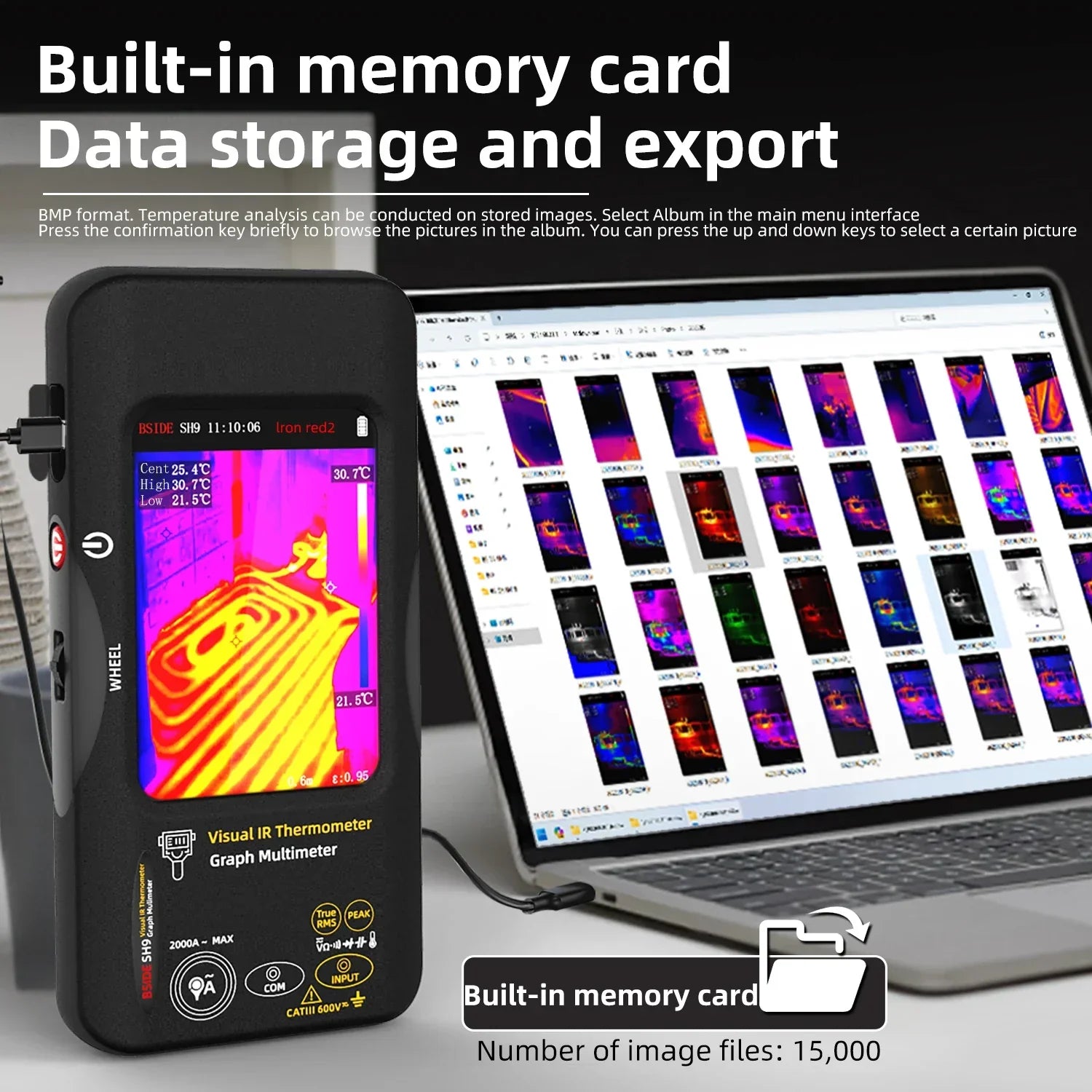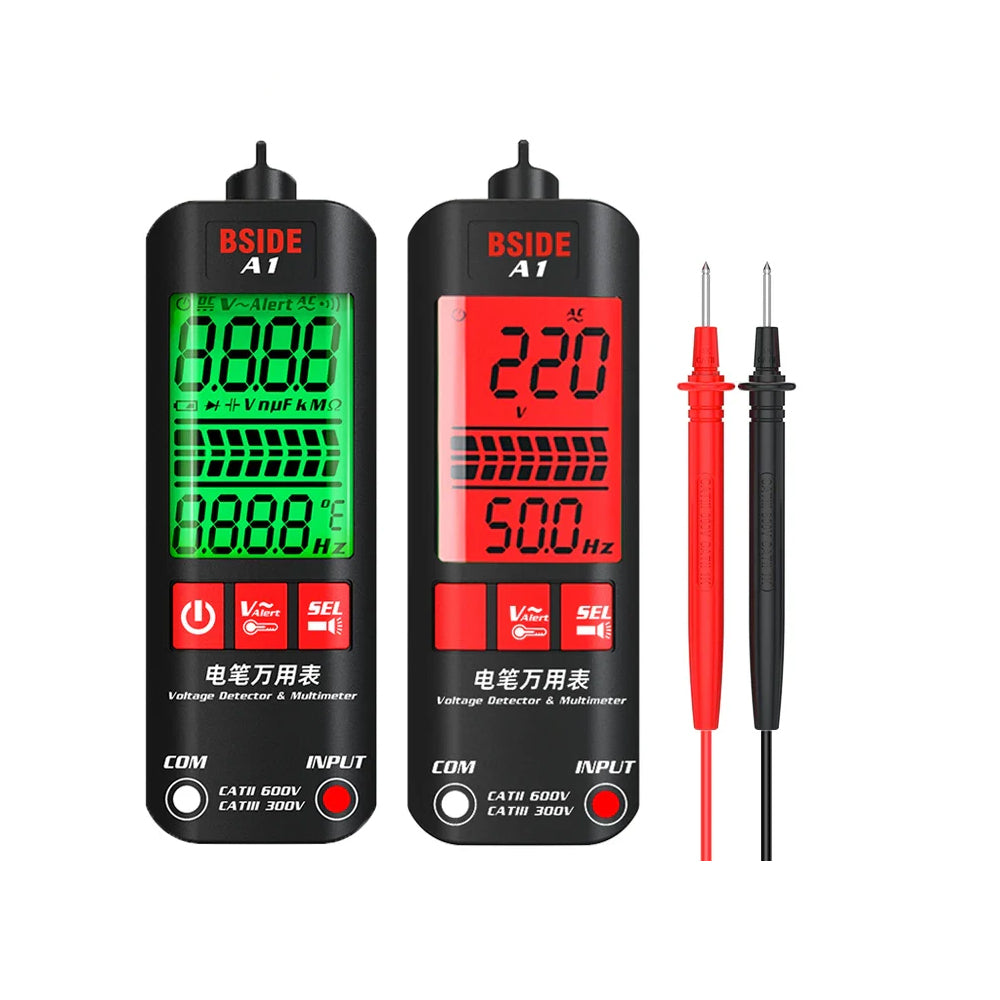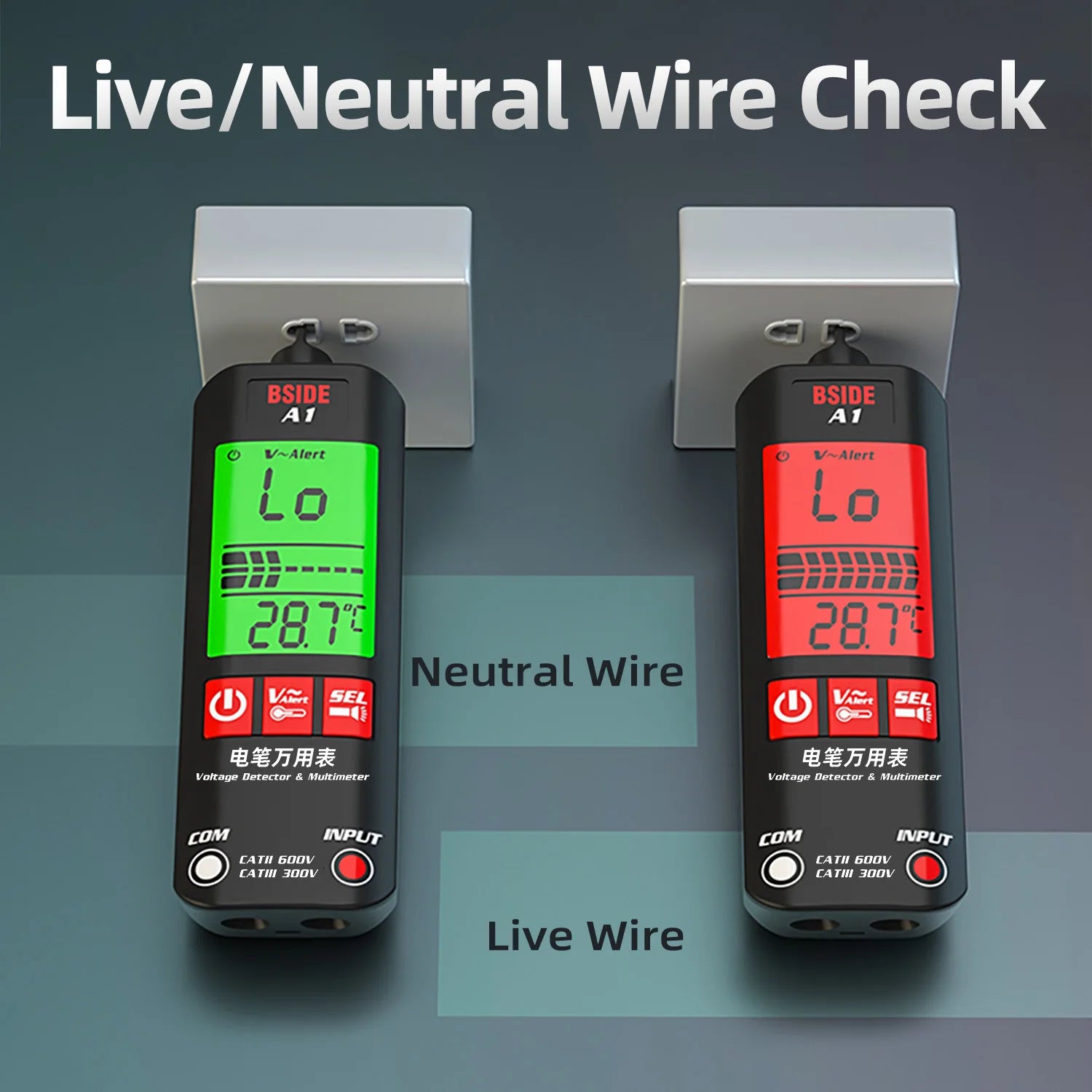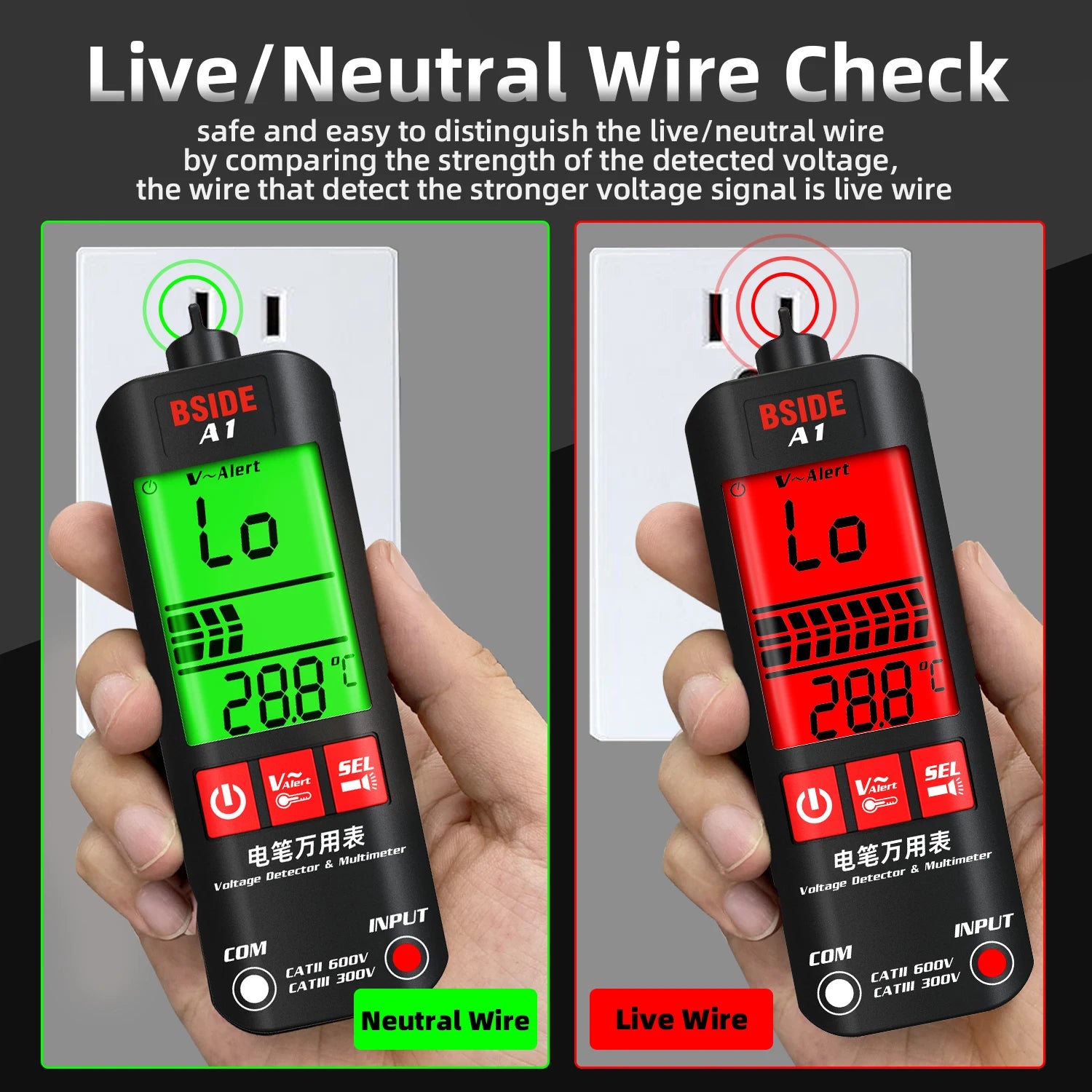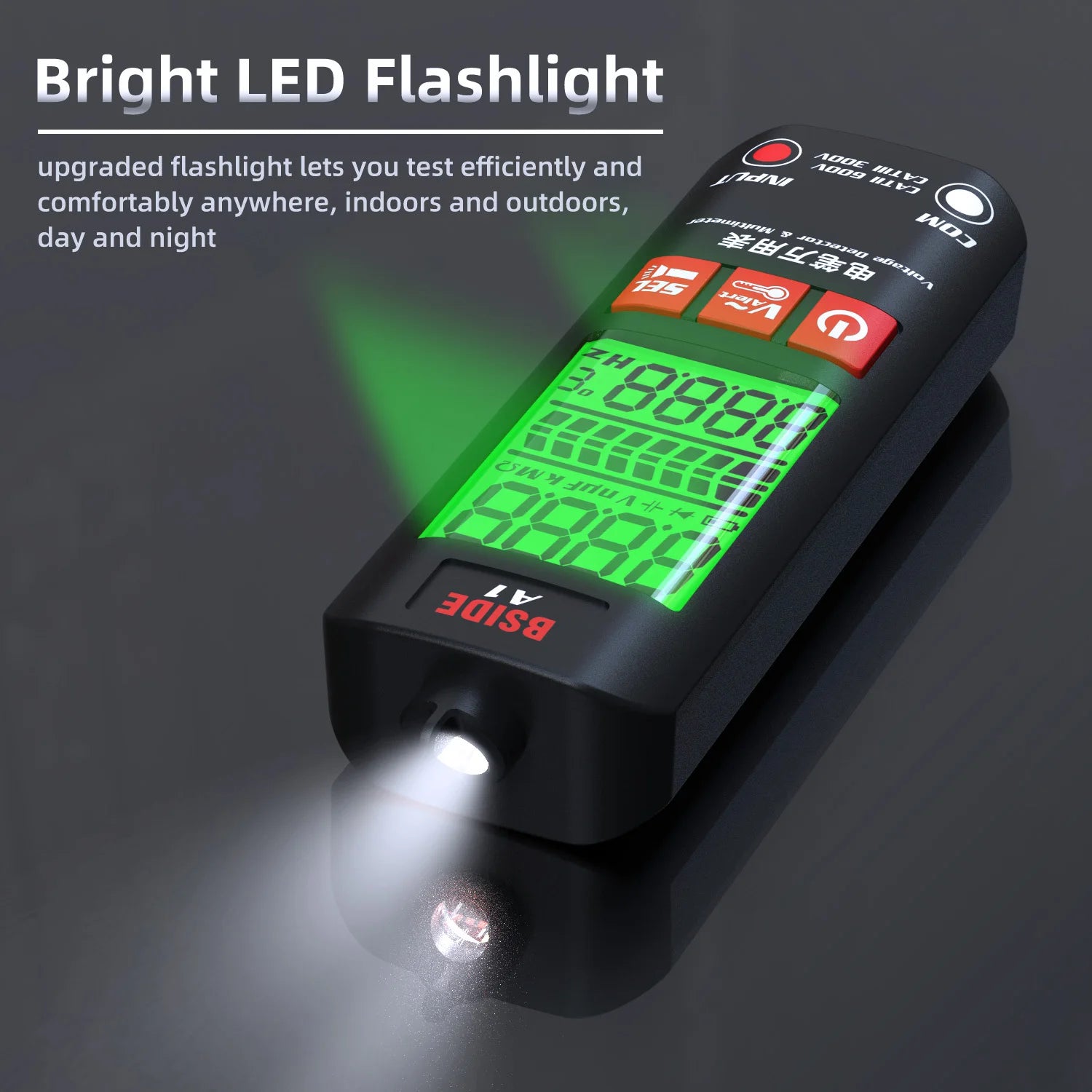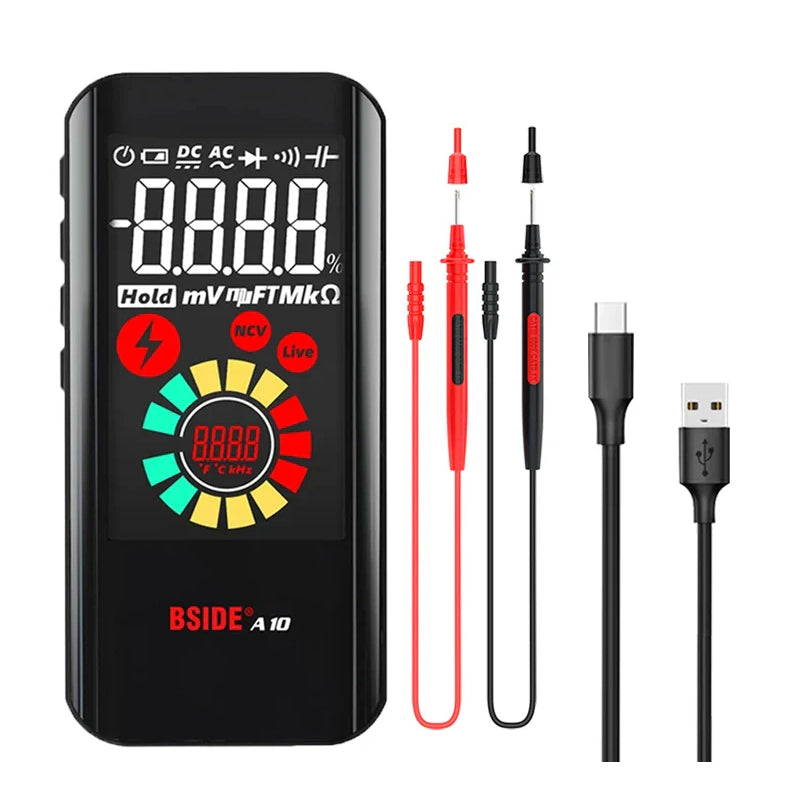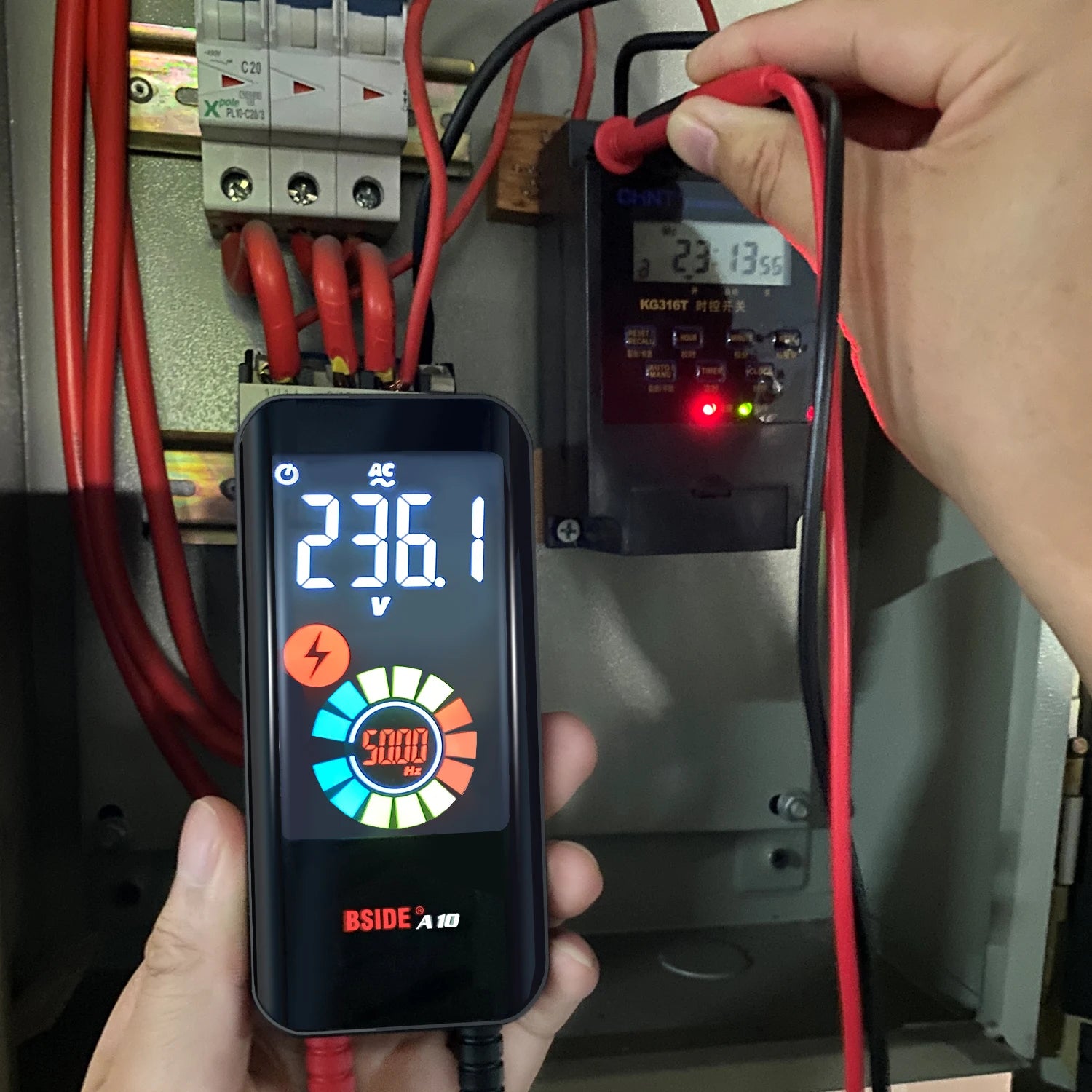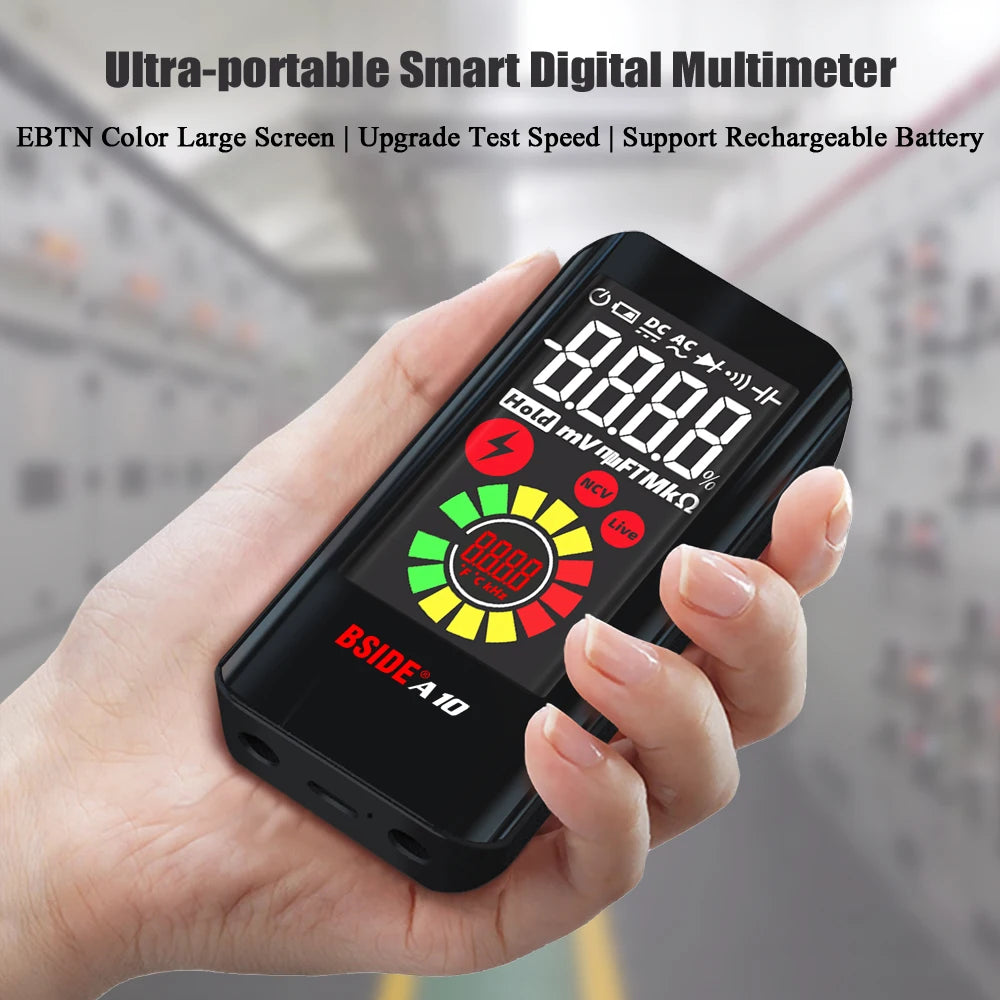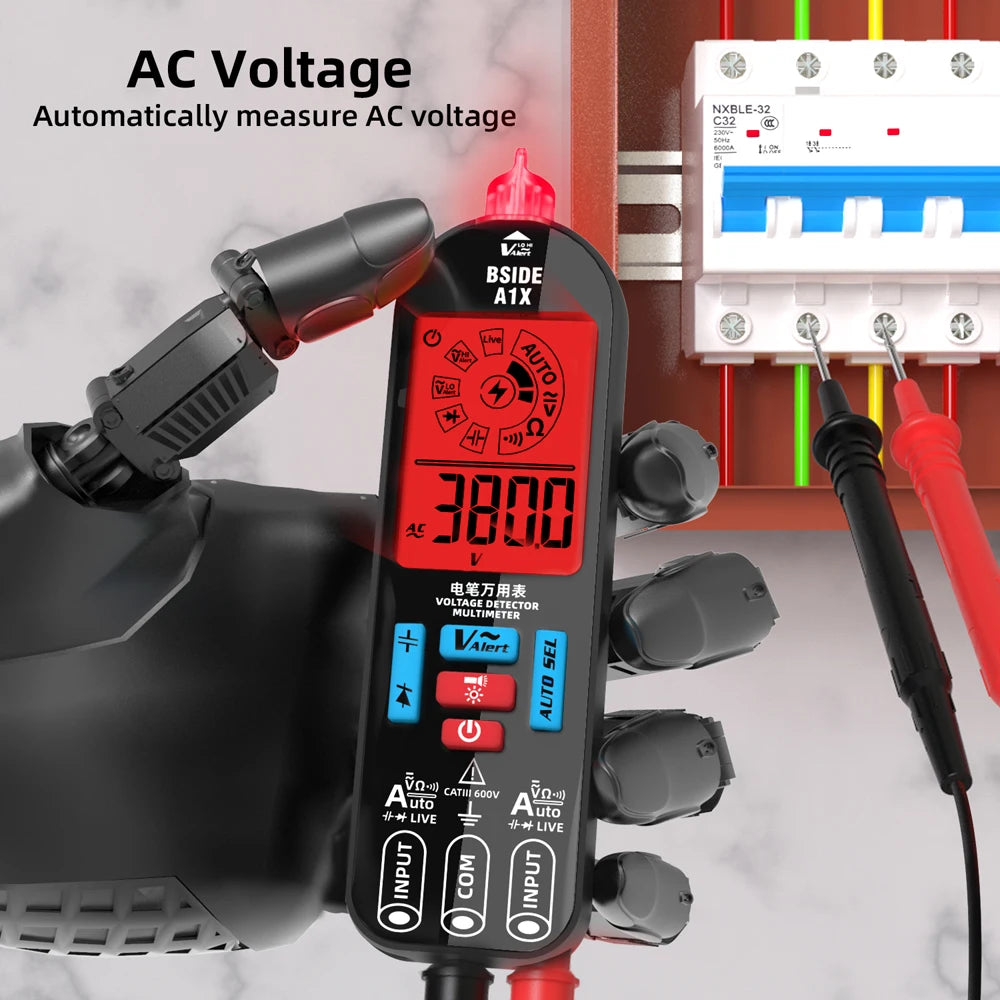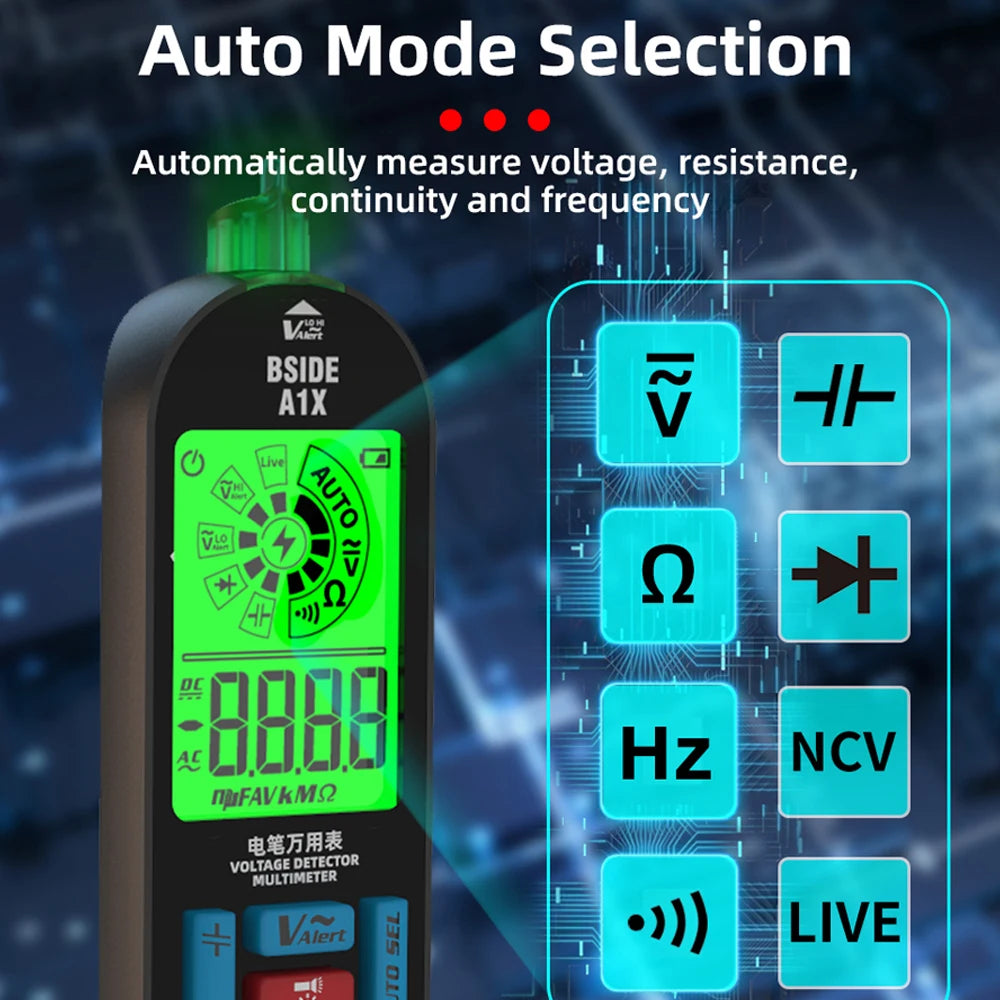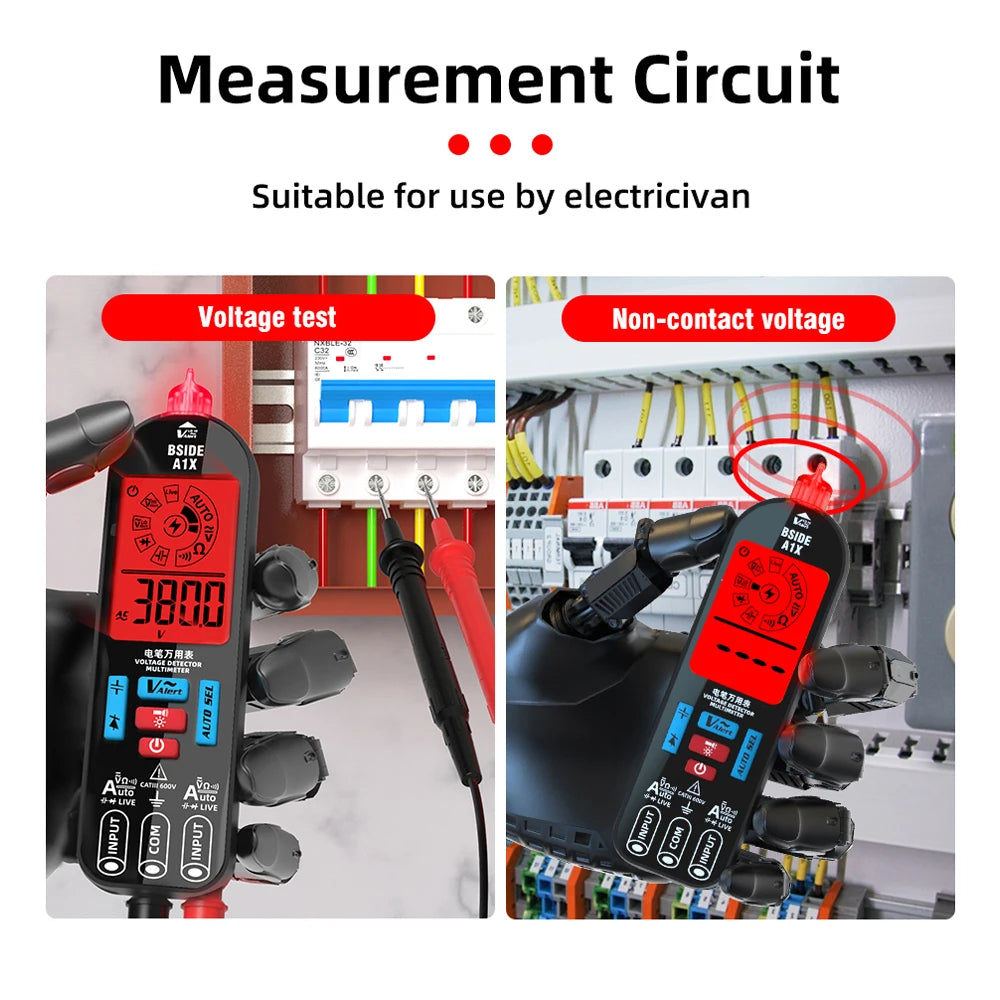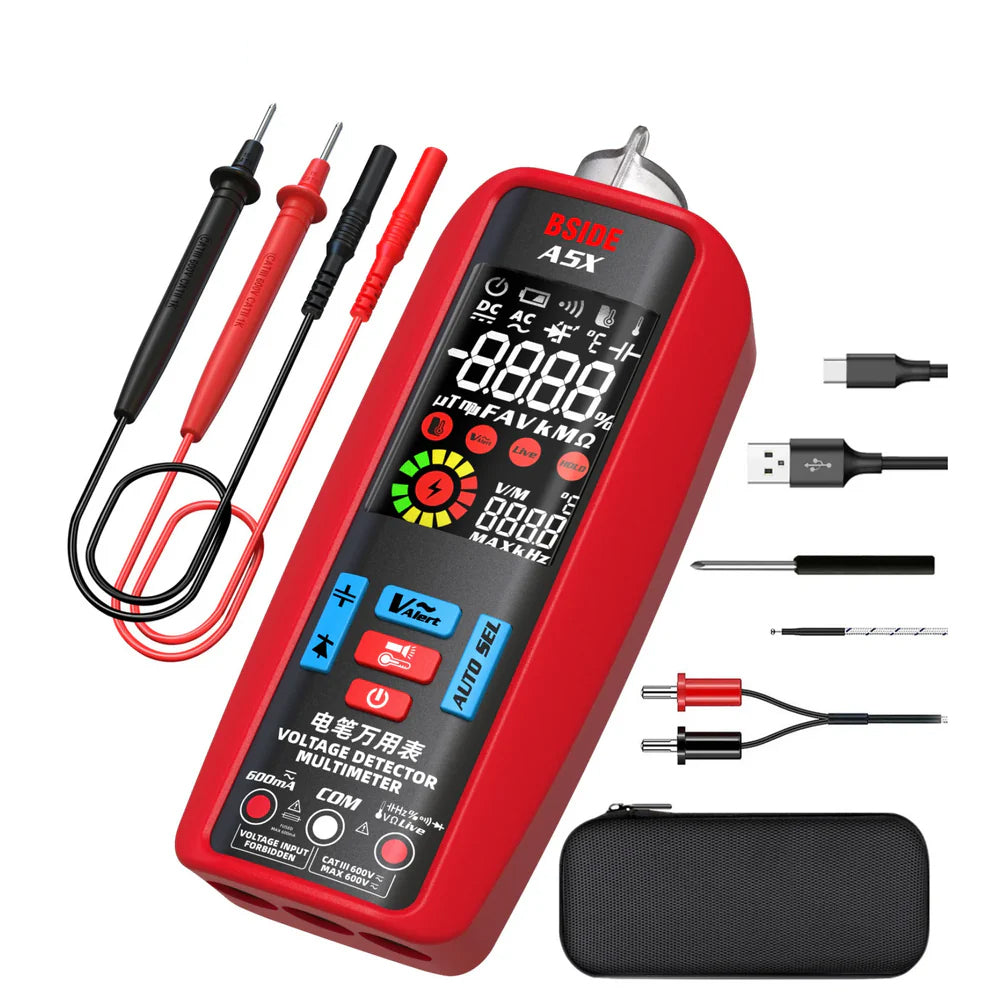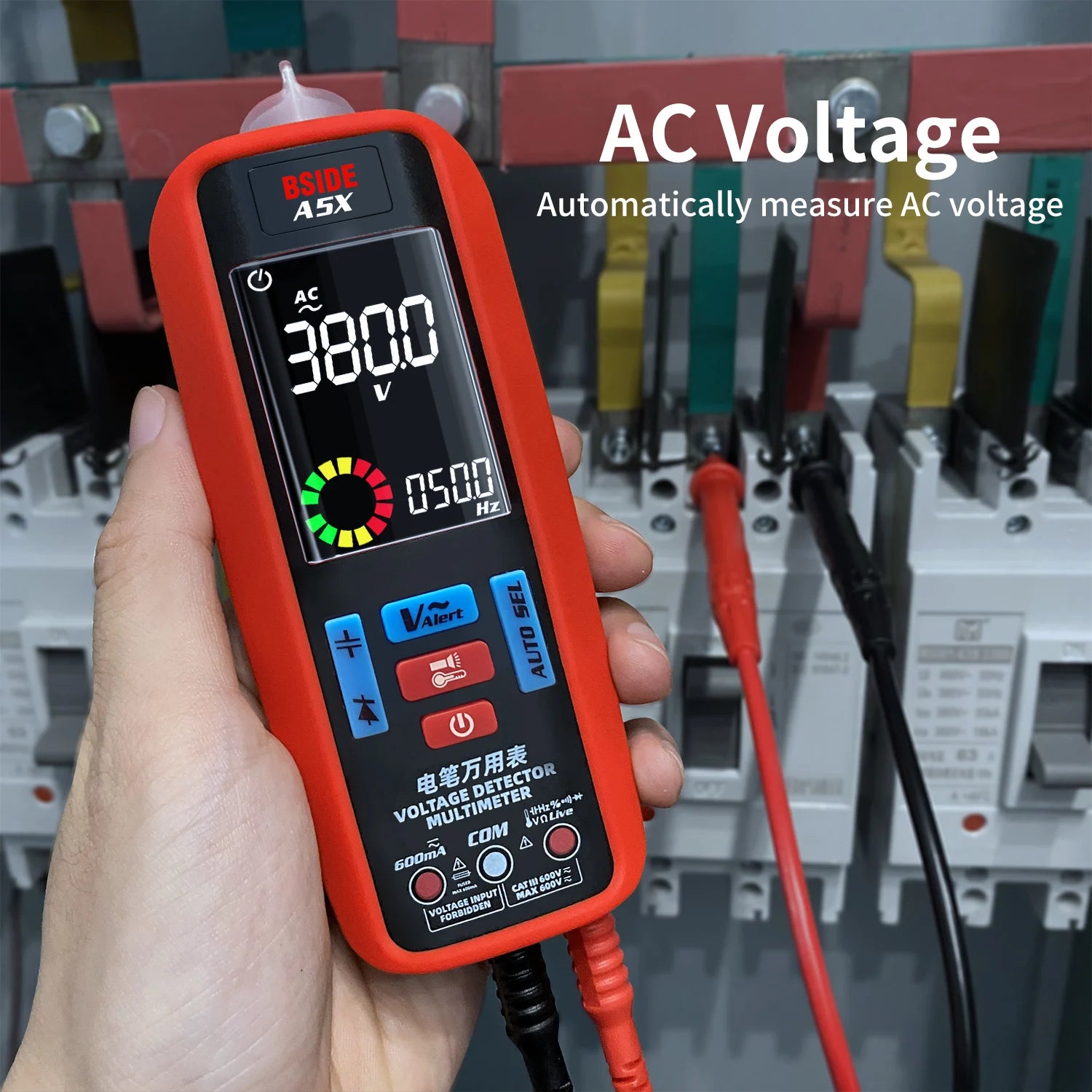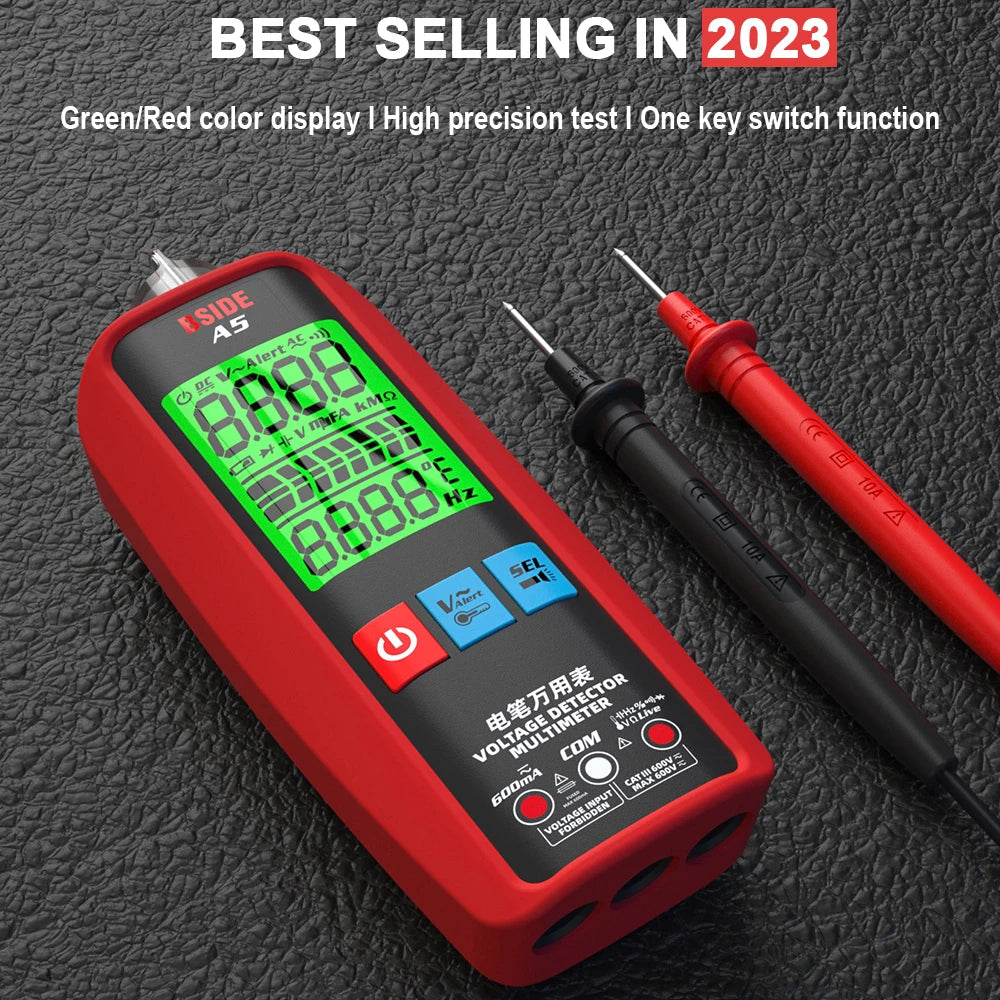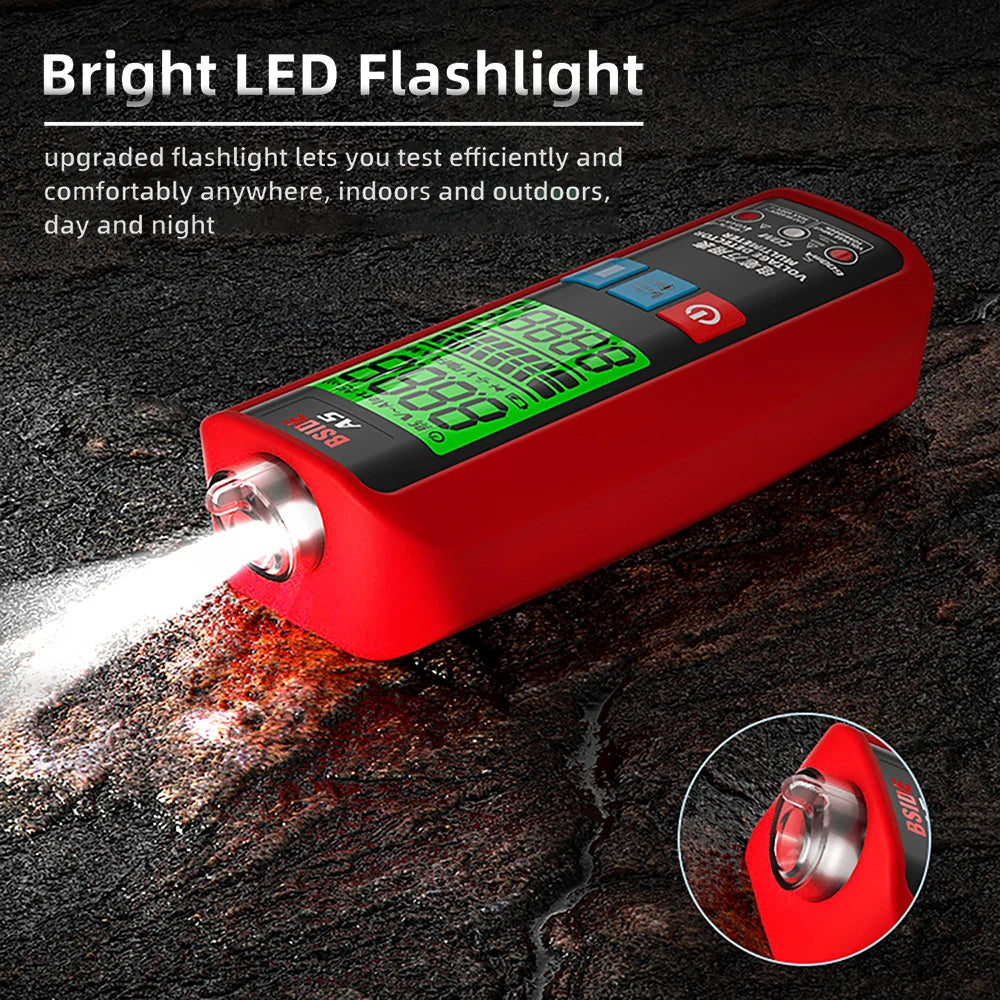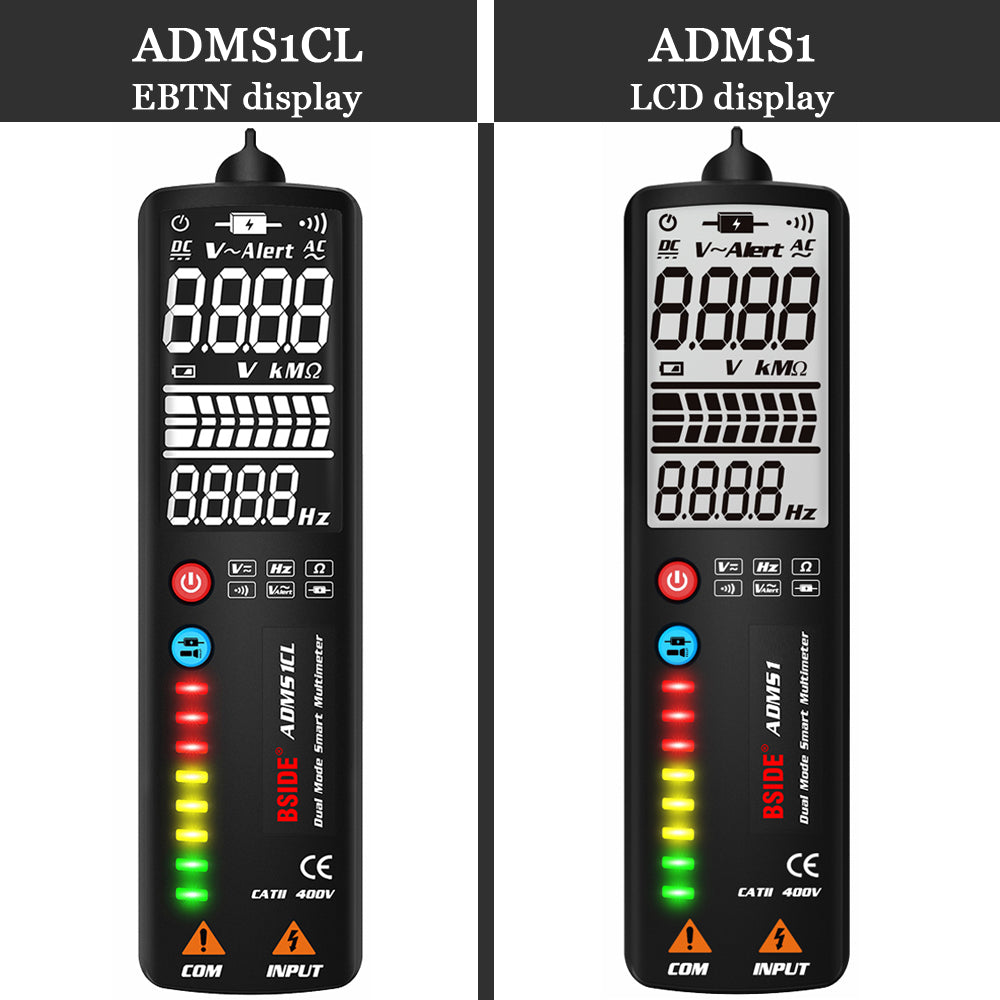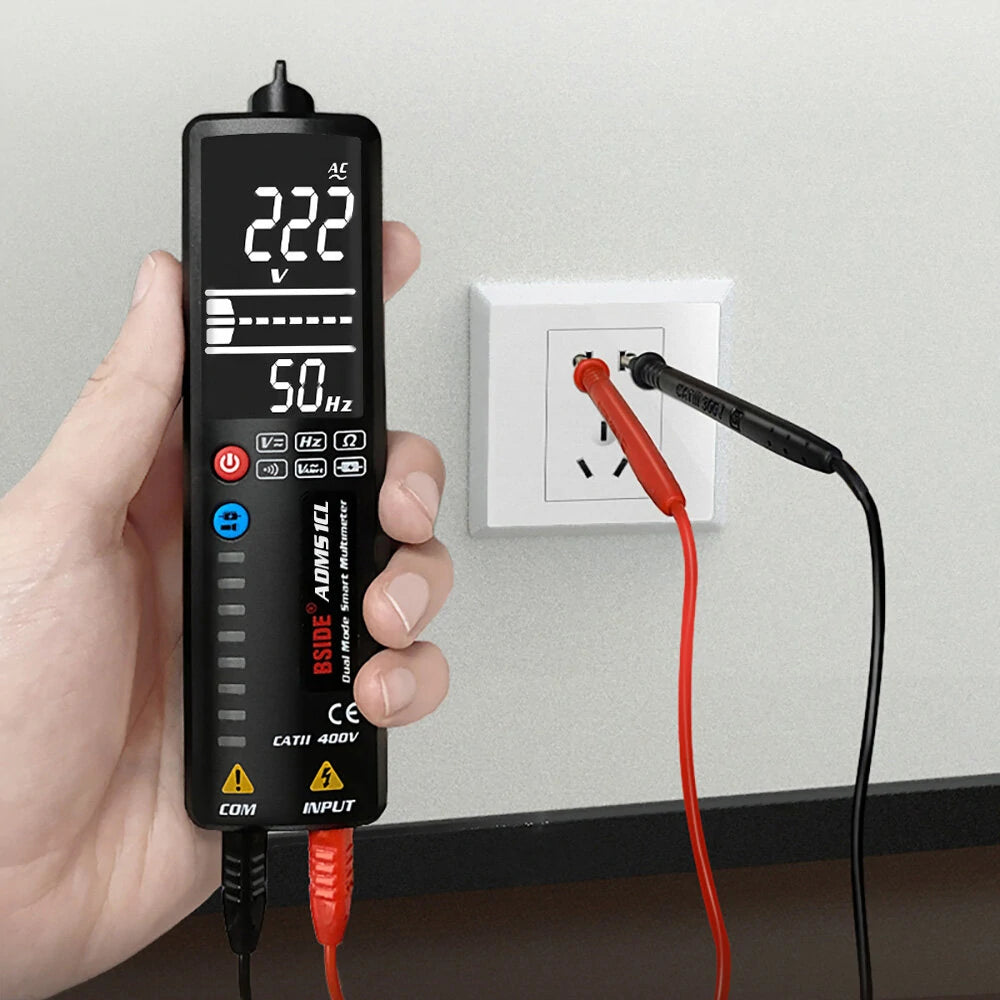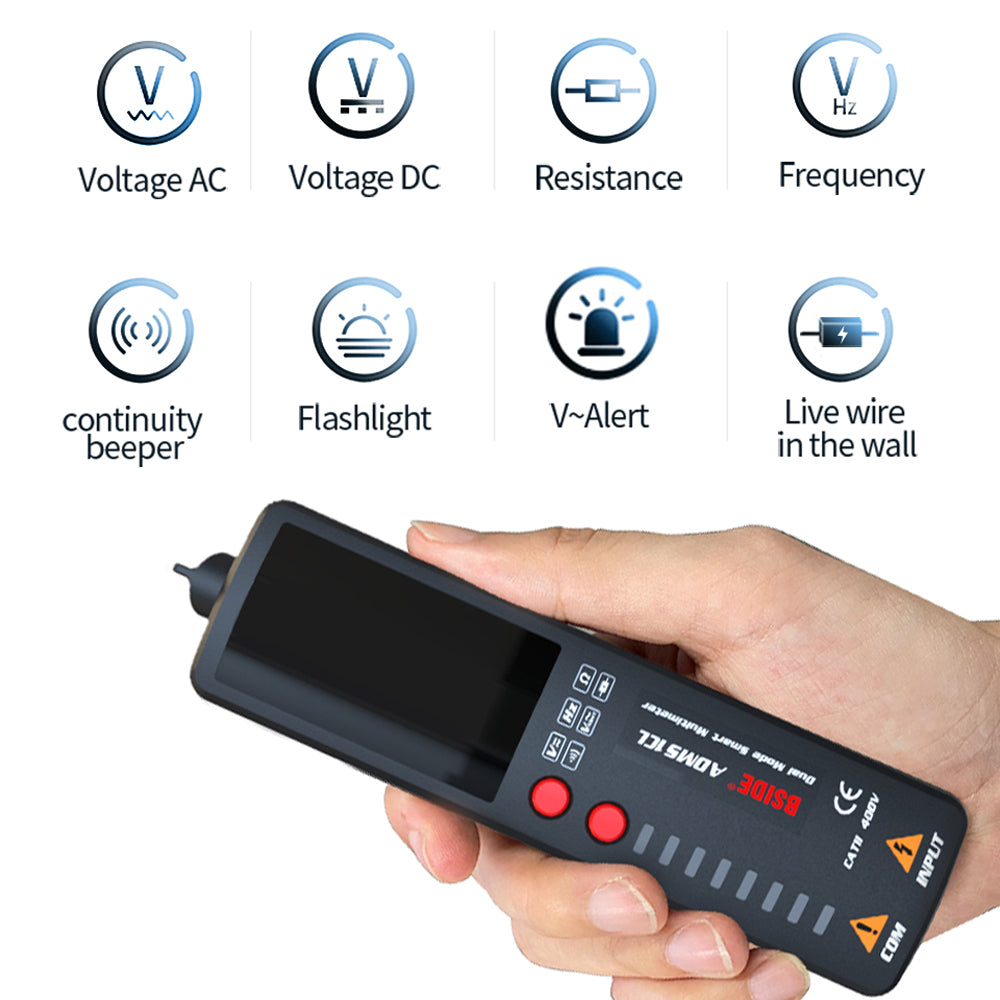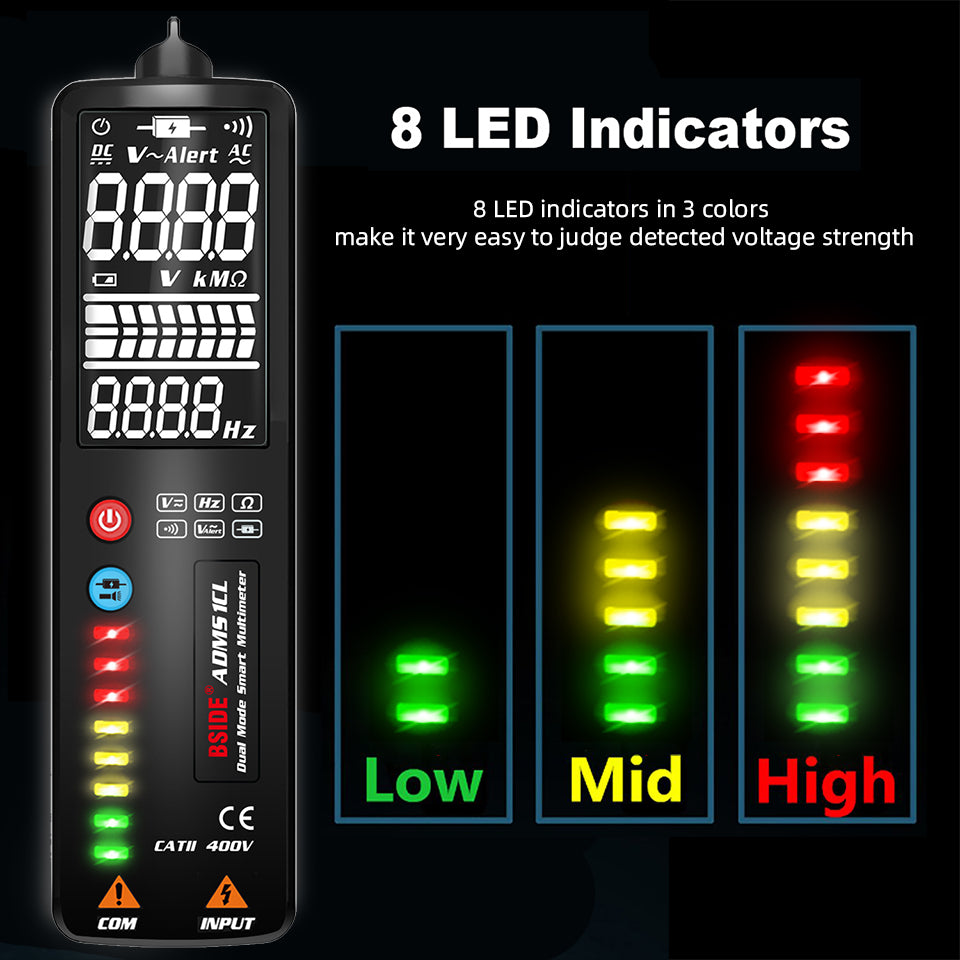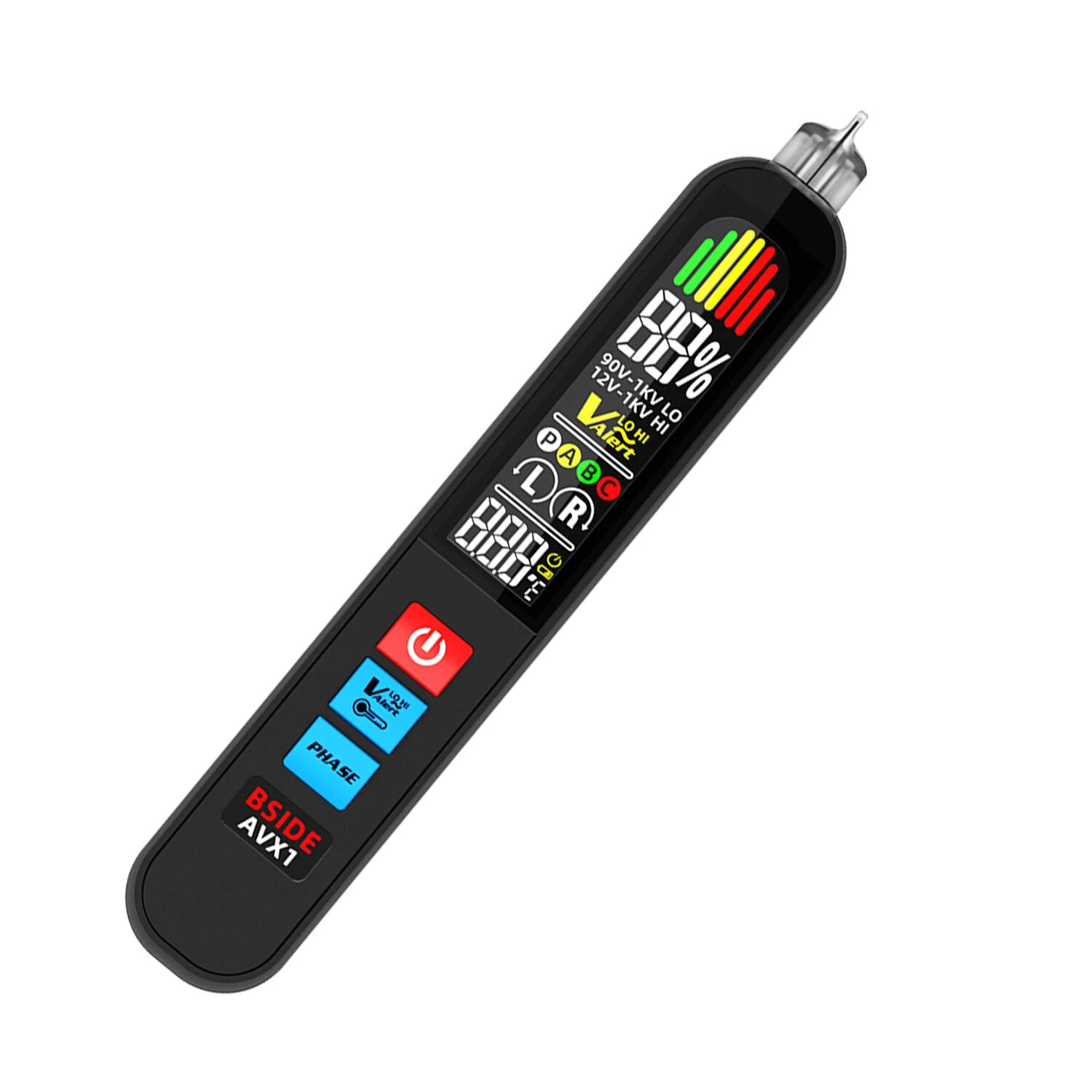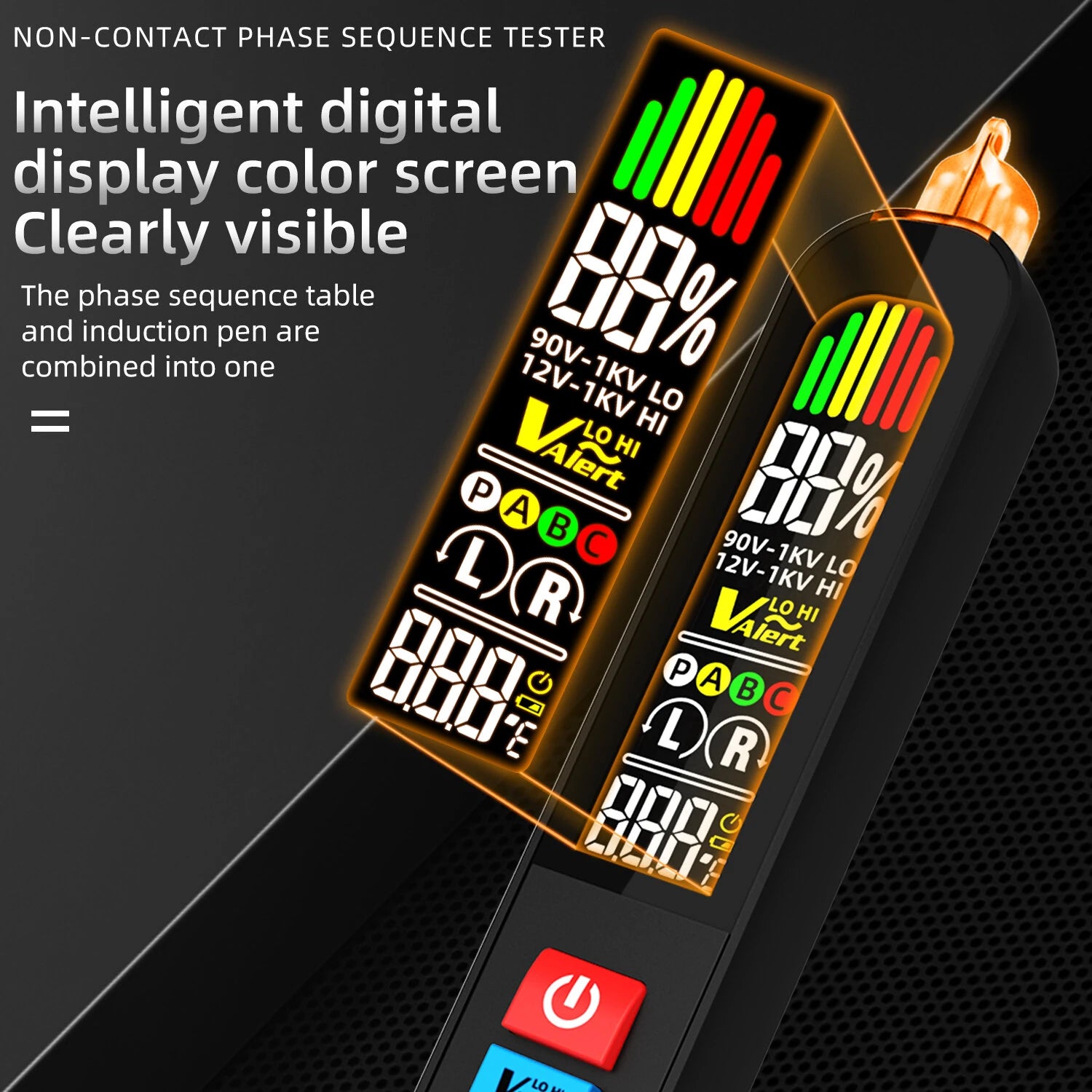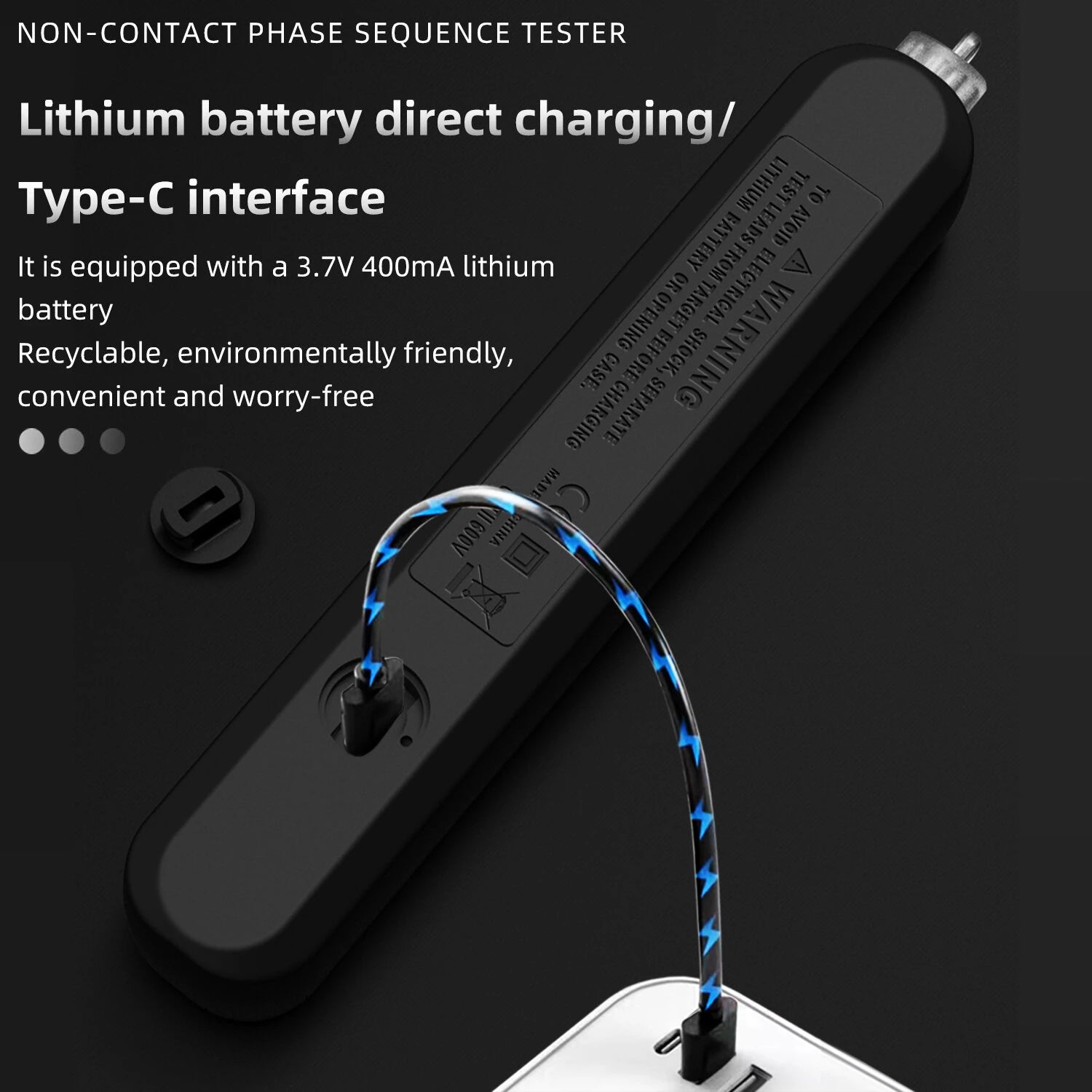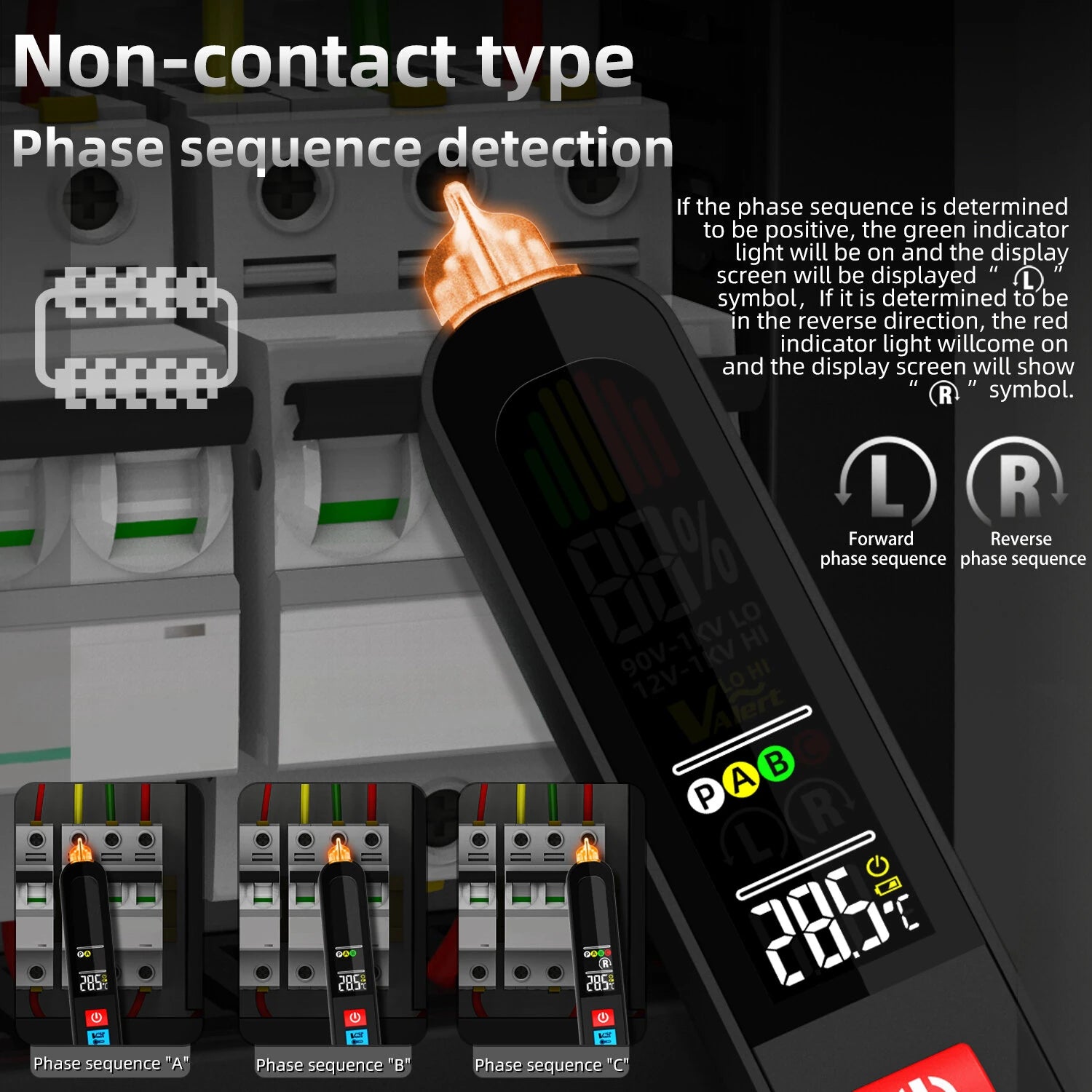Introduction
In the world of industrial testing and electrical maintenance, thermal imaging has become a powerful tool for detecting potential issues before they turn into costly failures. Traditionally, engineers and electricians relied on standalone thermal cameras to identify hotspots and abnormal temperature patterns. However, the market is shifting with the rise of thermal imaging multimeters, which integrate the functions of a digital multimeter with thermal imaging technology.
So, what sets these two tools apart, and what does the future look like for industrial testing? Let’s explore.
Thermal Imaging Multimeters: Two Tools in One
A thermal imaging multimeter combines two essential functions:
-
Accurate electrical measurement (voltage, resistance, continuity, current, etc.)
-
Thermal visualization to detect abnormal heating in circuits, motors, and electrical panels
Instead of carrying two separate devices, technicians can now perform electrical diagnostics and thermal scanning simultaneously. This not only saves time but also reduces equipment costs and improves workflow efficiency.
Traditional Thermal Cameras: Where They Still Shine
Traditional thermal cameras remain valuable, especially in scenarios where:
-
A wide field of view is required (e.g., building inspections, HVAC systems, large machinery)
-
Detailed thermal resolution is essential for precise analysis
-
Electrical measurement is not needed, and the focus is purely on thermal imaging
However, using a separate thermal camera alongside a multimeter often means carrying extra gear, switching tools during inspection, and higher investment costs.
The Future of Industrial Testing: Integration and Efficiency
The trend in industrial testing is integration. Professionals demand tools that are:
-
Portable and efficient – one device instead of two
-
Smarter and safer – with built-in alerts, visual data, and advanced measurement
-
Versatile – suitable for electrical, industrial, firefighting, medical, and agricultural applications
Thermal imaging multimeters represent this future. As industries adopt smarter maintenance strategies, the demand for integrated solutions will continue to rise.
Why the BSIDE SH7 Stands Out
Among the new generation of thermal imaging multimeters, the BSIDE SH7 is a standout choice. It features:
-
3.98-inch capacitive touchscreen with 240×240 resolution for sharp thermal images
-
Dual functionality: high-precision digital multimeter + infrared thermal imaging
-
Up to 2000A flexible current detection, ideal for heavy-duty industrial applications
-
IP54 protection grade and dual injection molding for durability
-
Laser positioning & image storage for efficient fieldwork
-
Applications across industries: electrical maintenance, firefighting, industrial inspections, medical checks, and more
With its user-friendly interface and advanced technology, the SH7 bridges the gap between traditional thermal cameras and standard multimeters, making it an all-in-one tool for modern professionals.
Conclusion
While traditional thermal cameras still have their place in large-scale inspections, the future of industrial testing clearly points toward multi-functional, portable devices like thermal imaging multimeters. Tools such as the BSIDE SH7 provide technicians with the convenience of two devices in one, ensuring accuracy, efficiency, and safety in every inspection.
For electricians, engineers, and industrial professionals, investing in an integrated solution like the SH7 is not just about saving time—it’s about being prepared for the future of testing.

